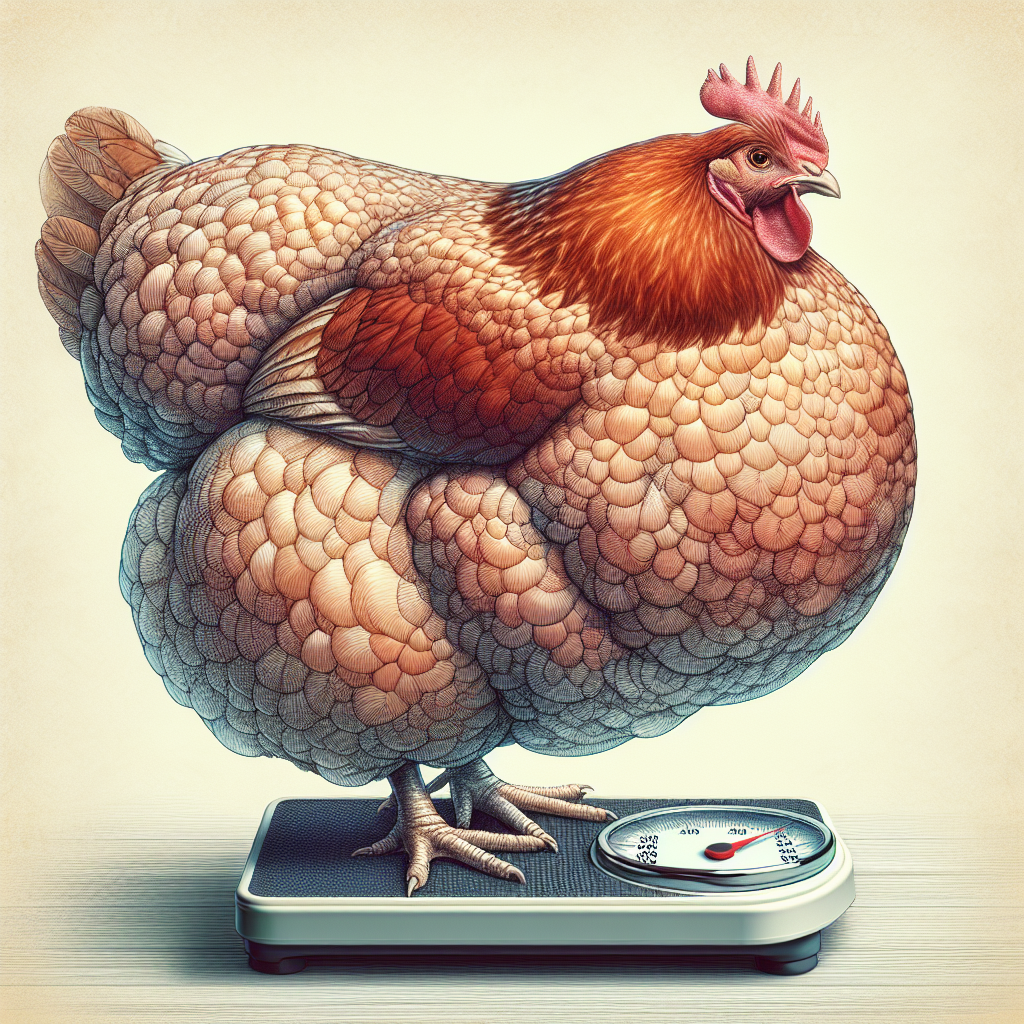Have you ever wondered about the role of grit in a chicken’s diet and how it should be provided? Grit plays a crucial part in a chicken’s digestive system, aiding in the breakdown of food and supporting nutrient absorption. But how exactly should grit be given to chickens? In this article, we will explore the importance of grit in a chicken’s diet and provide some helpful tips on how to best provide it to these feathered friends. So let’s get started and learn more about this fascinating aspect of chicken nutrition!
The Role of Grit in a Chicken’s Diet
Have you ever wondered what is the role of grit in a chicken’s diet? Grit plays a crucial role in chicken digestion, aiding in the breakdown of food and absorption of nutrients. In this comprehensive guide, we will explore the importance of grit, different types of grit, methods of supplying grit to chickens, feeding grit to different chicken groups, recommended frequency and quantity, potential substitutes for grit, considerations and notes, grit management for free-range chickens, and the inclusion of grit in commercial chicken feeds. So, let’s dive in and learn more about the importance of grit in a chicken’s diet.
Grit Definition
Grit, in the context of chicken nutrition, refers to small, hard particles that chickens consume to aid their digestion. These particles play a vital role in the mechanical breakdown of food in the chicken’s gizzard. Grit helps grind down the food, allowing it to be efficiently digested and ensuring the absorption of essential nutrients.
Importance of Grit in Chicken Digestion
The presence of grit in a chicken’s diet is crucial for proper digestion. Chickens are unable to chew their food, as they do not have teeth. Instead, they rely on their gizzard, a muscular organ within their digestive system, to break down food. Grit helps the gizzard grind and break apart tough or fibrous materials, such as grains, grass, and insects, allowing the chicken’s digestive enzymes to effectively extract nutrients.
Without an adequate supply of grit, chickens may experience difficulties in digesting their food, resulting in poor nutrient absorption, reduced egg production, and even malnutrition. Providing grit to your chickens ensures that their digestive system functions optimally, promoting overall health and well-being.
Types of Grit
There are several types of grit that are suitable for chickens. These can be classified into three main categories: insoluble grit, soluble grit, and calcium grit.
Insoluble Grit
Insoluble grit consists of small, hard particles such as stones, pebbles, and granite. These particles are indigestible and remain in the chicken’s gizzard, helping to grind down food mechanically. Insoluble grit is particularly important for free-range chickens or those that have access to forage, as it aids in breaking down tough plant materials and small invertebrates.
Soluble Grit
Soluble grit, as the name suggests, dissolves in the chicken’s digestive system. It is primarily composed of shells, such as those from mussels or oysters. Soluble grit provides additional calcium, which is essential for eggshell production. It also helps neutralize excess stomach acids, promoting proper digestion.
Calcium Grit
Calcium grit is essential for laying hens, as it provides the necessary calcium for the development of strong and healthy eggshells. This type of grit is typically made from ground limestone or oyster shells. It is particularly important for hens that lay a high volume of eggs, as they require additional calcium to support their egg-laying process.
Providing Grit to Chickens
Now that we understand the importance of grit in a chicken’s diet and the different types available, let’s explore how to provide grit to your flock.
Age of Chickens
The provision of grit to chickens depends on their age. Chicks, for example, do not require grit until they start consuming solid foods, typically around 2-3 weeks of age. Their digestive systems are not yet fully developed, and providing grit too early may pose a choking hazard. Laying hens and meat birds, on the other hand, benefit from a constant supply of grit throughout their lives.
Locating Grit for Chickens
Grit can be obtained from various sources. Many farmers and poultry supply stores offer bags of commercial grit specifically formulated for chickens. You can also find suitable grit in nature, such as small stones or gravel. However, it is important to ensure that the grit is clean and free from contaminants.
Methods of Supplying Grit
There are different methods of supplying grit to chickens, depending on their age and housing conditions. For young chicks, placing small dishes of grit in their designated feeding area is ideal. This allows them to pick up the grit and consume it at their own pace. For adult chickens, scattering the grit on the ground or mixing it with their feed is an effective method. Ensure that the grit is easily accessible and always available, especially for free-range chickens.
Feeding Grit to Different Chicken Groups
Different stages of chickens require varying amounts and types of grit. Let’s explore the specific needs of laying hens, chicks, and meat birds.
Laying Hens
Laying hens have a higher calcium requirement due to the production of eggshells. It is essential to provide them with calcium grit to support their egg-laying process. A constant supply of calcium grit, such as crushed oyster shells or limestone, should be available to meet their needs. Additionally, insoluble grit should also be provided to aid in their overall digestion.
Chicks
Chicks, during their early weeks, do not require grit as their diet primarily consists of starter feed, which is finely ground. However, once they start consuming solid foods, it is important to introduce grit to their diet. Small-sized insoluble grit should be made accessible to chicks to assist in the digestion of larger food particles.
Meat Birds
Meat birds, such as broilers, have a relatively short life span compared to laying hens. While they may not have the same calcium requirements as laying hens, they still benefit from the inclusion of insoluble grit in their diet. Insoluble grit helps break down coarse feed particles, enhancing the overall digestion process.
Frequency and Quantity of Grit
Determining the right frequency and quantity of grit is essential for maintaining a balanced diet for your chickens. Let’s explore how to provide grit in appropriate amounts.
Determining the Right Frequency
Chickens should have access to grit at all times. Whether they consume it or not is their choice. The presence of readily available grit ensures that chickens can fulfill their natural instinct to search for and consume small, hard particles when required.
Recommended Quantity of Grit
The amount of grit chickens require depends on their age, size, and diet. As a general guideline, providing a handful of grit per chicken every week is suitable for adult birds. For chicks, start with a smaller quantity and gradually increase as they grow. It is important to monitor your flock’s consumption and adjust the amount accordingly. If the grit is consistently left untouched, you may be providing too much.
Potential Substitutes for Grit
In some cases, you may not have access to commercial grit or specific types of grit. In such situations, there are alternative options that can provide similar benefits. Let’s explore some substitutes for grit.
Crushed Eggshells
Crushed eggshells can be an excellent substitute for grit. They provide calcium and can help with digestion, especially for laying hens. To use crushed eggshells as a substitute for grit, ensure they are thoroughly cleaned, dried, and crushed into small, sharp pieces before offering them to your flock.
Oyster Shells
Oyster shells, primarily composed of calcium carbonate, can serve as a substitute for calcium grit. They are widely available and can be purchased in bags specifically formulated for poultry. Crushed oyster shells provide additional calcium for laying hens, promoting healthy egg production and strong eggshells.
Limestone
Limestone is another potential substitute for calcium grit. It is rich in calcium and can be ground into small particles suitable for chickens. Limestone can be obtained from local feed stores or quarries. Ensure that the limestone you choose is safe and free from contaminants.
Considerations and Notes
While providing grit to your chickens is essential, there are some additional considerations and notes to keep in mind. Let’s explore these factors to ensure the well-being of your flock.
Adequate Water Supply
Grit consumption requires an adequate supply of fresh, clean water. Ensure that your chickens have easy access to water at all times. Water plays a vital role in the digestion and overall health of your flock.
Observe Chicken Behavior and Health
Regularly observe your chickens’ behavior and health to ensure that they are consuming the appropriate amount of grit. Healthy chickens should exhibit foraging behavior and have normal digestive functions. If you notice any abnormal behavior or issues with their digestion, it is important to investigate and address any potential problems promptly.
Consulting a Veterinarian
If you have concerns regarding your chickens’ health or are unsure about the appropriate amount or type of grit to provide, it is always a good idea to consult a veterinarian with expertise in poultry. They can provide valuable advice and guidance specific to your flock’s needs.
Grit Management for Free-Range Chickens
Free-range chickens have the opportunity to find their own sources of grit in their natural environment. However, it is still important to ensure that they have access to adequate grit and that their nutritional needs are met.
Natural Sources of Grit for Free-Range Chickens
Free-range chickens often find their own sources of grit, such as small stones or pebbles, while they forage. These natural sources are essential for their digestion, and allowing them access to a diverse range of forage areas can ensure that they find sufficient grit on their own.
Supplementing Grit in Free-Range Flocks
While free-range chickens find their own sources of grit, it may still be necessary to supplement their diet with additional grit. This is especially important if their foraging areas do not provide a variety of suitable grit options. Offering commercial grit or crushed eggshells in a designated area can ensure that free-range flocks have access to an adequate supply.
Grit in Commercial Chicken Feeds
Commercial chicken feeds often include grit to support the overall digestive health of chickens. Let’s explore the inclusion of grit in commercial feeds and how to read feed labels.
Inclusion in Commercial Feeds
Many commercially formulated chicken feeds include a certain amount of grit. This ensures that the chickens receive a balanced diet that meets their nutritional needs. However, it is still important to provide additional grit to ensure optimal digestion, especially for chickens with specific requirements such as laying hens.
Reading Feed Labels
When selecting commercial chicken feeds, it is important to read the labels carefully. Look for indications of grit inclusion or specific mention of calcium grit for laying hens. Understanding the composition of the feed can help you determine if additional grit supplementation is necessary.
Conclusion
In conclusion, grit plays a vital role in a chicken’s diet and is essential for their digestion and overall health. Providing the appropriate type and quantity of grit to your chickens ensures optimal digestion, nutrient absorption, and egg production. From insoluble and soluble grit to calcium grit, there are various types available to cater to different needs. It is important to consider the age and specific requirements of your flock when determining the frequency and amount of grit to provide. Natural sources of grit for free-range chickens are valuable, but additional supplementation may be necessary. Always observe your flock’s behavior, provide an adequate water supply, and consult a veterinarian when in doubt. With proper grit management, you can ensure the well-being and optimal digestive health of your feathered friends.




